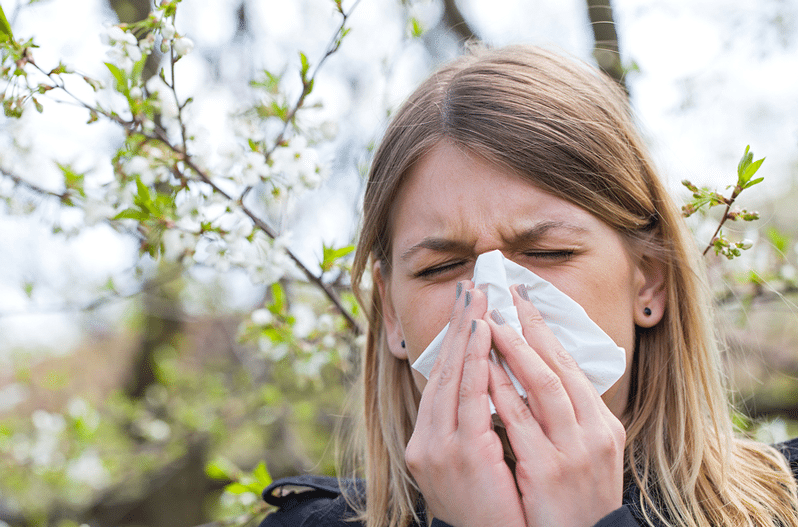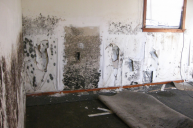Stock up on Zyrtec now, folks, because the predicted cedar pollen count coming into 2018 is looking like it will skyrocket, making those with cedar allergies more miserable than usual.
Videos by Wide Open Country
Cedar season typically starts in late December and carries through February. Austin news station KXAN recently consulted allergist Dr. Robert Cook, who anticipates this year to be bad due to the end of the drought Texas endured from 2011 until 2015.
The increased rain for the past two seasons resulted in more trees which are now mature and ready to pollinate. The extra pollen means severe allergies for many central Texans.
If you live in Central Texas, then you may be familiar with the sight of cedar trees pollinating. What looks like clouds of yellow smoke rise from the short, scrubby evergreens. That pollen can coat cars and houses, and of course, get in your eyes and sinus cavity and make you feel very sick. Central Texans call this effect "Cedar Fever."
Sometimes cedar allergies aren't triggered for many years. It's possible to live around the cedars and think you're not allergic to them, but Dr. Cook suggests that this year might be the year you end up feeling their effects.
If you are fortunate enough not to suffer from cedar allergies, they're definitely nothing to joke about. In fact, in 2015 an artist sold a sculpture made of cedar wood to the FBI office in Florida, and the reaction was so severe that some employees were hospitalized.
"Cedar trees" is actually a misnomer. The trees that cause allergens for Central Texans are actually junipers, also referred to as "mountain ash" trees.




